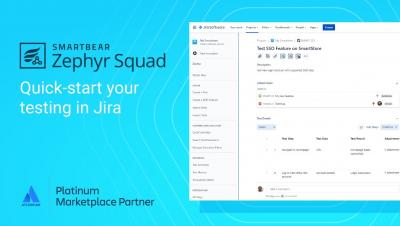Agile Regression Testing: How to Do It Well
For teams following agile software development practices, regression testing is a must. Agile teams constantly make changes to live software that can introduce regressions (or, code changes that break the functionality of part of an app). Regression testing can keep teams from shipping critical bugs to production by confirming the most important parts of an app are still working every time new code is pushed.










